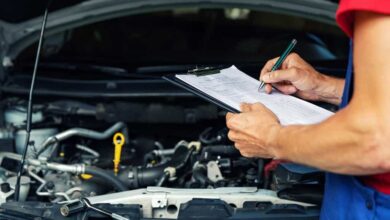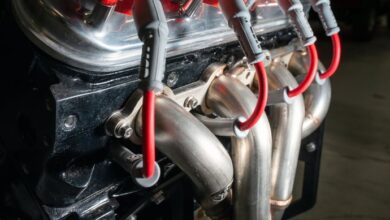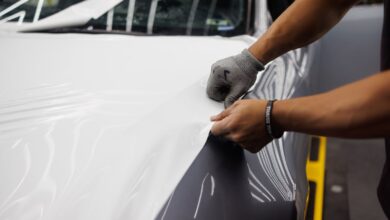3 Tips and Tricks for Improving Your Car’s Throttle Response
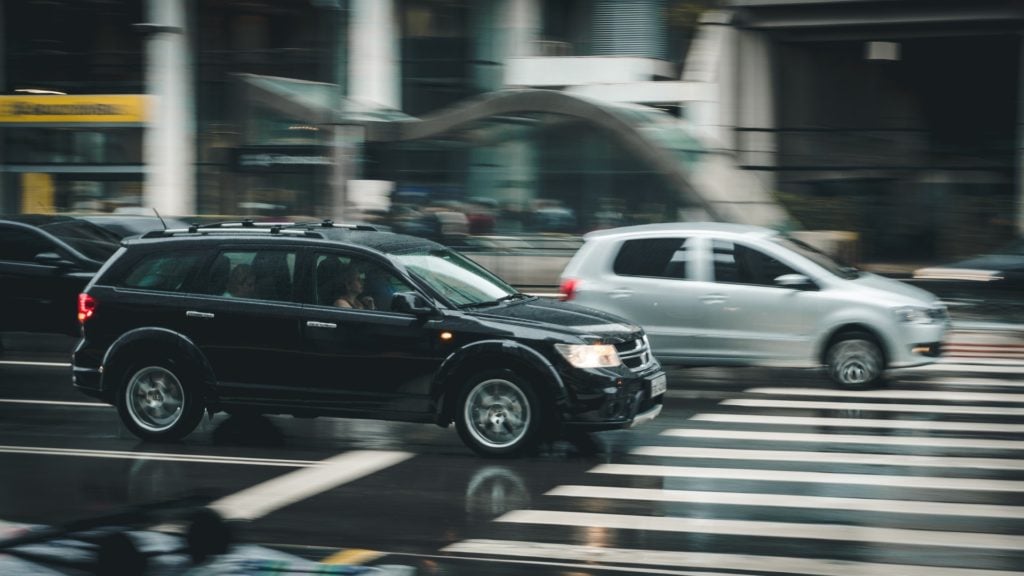
If you go to Google and type in the word throttle, the number of questions that pop up is quite unexpectedly high. However, it seems like the number one worry for many people has to do with the acceleration of their vehicle. In other words, the engine response is directly connected to the throttle response, and if neither of these if fast, then you are one of the people who are experiencing a problem.
What is a throttle anyway?
You’ve probably wondered what is the part of your vehicle that controls your internal combustion engine. Well, this is exactly it. A throttle is a valve that is controlling the mixture of fuel and air intake as a part of the engine system, and when the throttle opens, that’s the moment when you hear that powerful sound your car makes. It is an integral part of every vehicle that allows your car to speed up or slow down. Simply put, the throttle controls your car’s speed, as you put pressure on the throttle pedal. Why is this important? The answer is simple – you need to pass the trucks, slow cars, and other things on the road, don’t you? Or at least, you should be able to have a choice. When your engine response is slow, you have no other options but to sit and wait, driving much slower than you normally would. One of the first things people ask when they see a supercar is how many seconds does it take to get from 0 to a certain mileage per hour. You get the point. The throttle is key.
When The Throttle Doesn’t Listen
The throttle response is the main element that allows the acceleration of your car, or in other words the ability of your car to get going. If you’ve noticed that your vehicle is facing difficulties with increasing its speed, this can be a clear indicator of several problems.
One of the things that could be a potential cause of engine response delay, could be – the dirt in the fuel filter.
1.CLEAN EVERYTHING UP
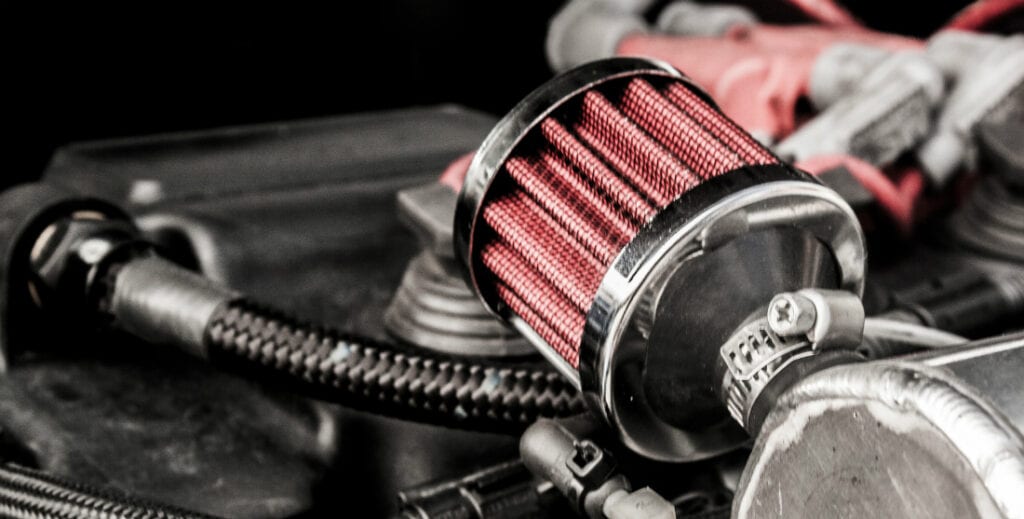
A dirty fuel filter is the most common problems car owners face, which is why it’s so important to clean the filters, or if that is not possible – to simply replace them with new ones. The rule is simple, if it’s clean and it removes debris that could potentially harm the engine, then everything is fine. If not, then it’s the first thing you need to do in order to fix your acceleration problems. Considering the fact that this is the easiest way to get things fixed, it’s usually the first thing your mechanic will inspect as soon as you arrive with a problem. When it comes to maintaining your filter clean, keep in mind that the weather conditions, as well as the road conditions and the mileage you have, directly affect the cleanliness of your filters. Therefore, you would need to check them more often, if the roads are full of dirt, dust, or you are driving long commutes.
If your engine doesn’t react the way you would want it to, and all of your filters are in good condition when it comes to being clean, usable or new, then you need to inspect the problem elsewhere. The other thing that could potentially cause this problem is the quality of your brake pads.
2. CONSIDER REPLACING YOUR PADS
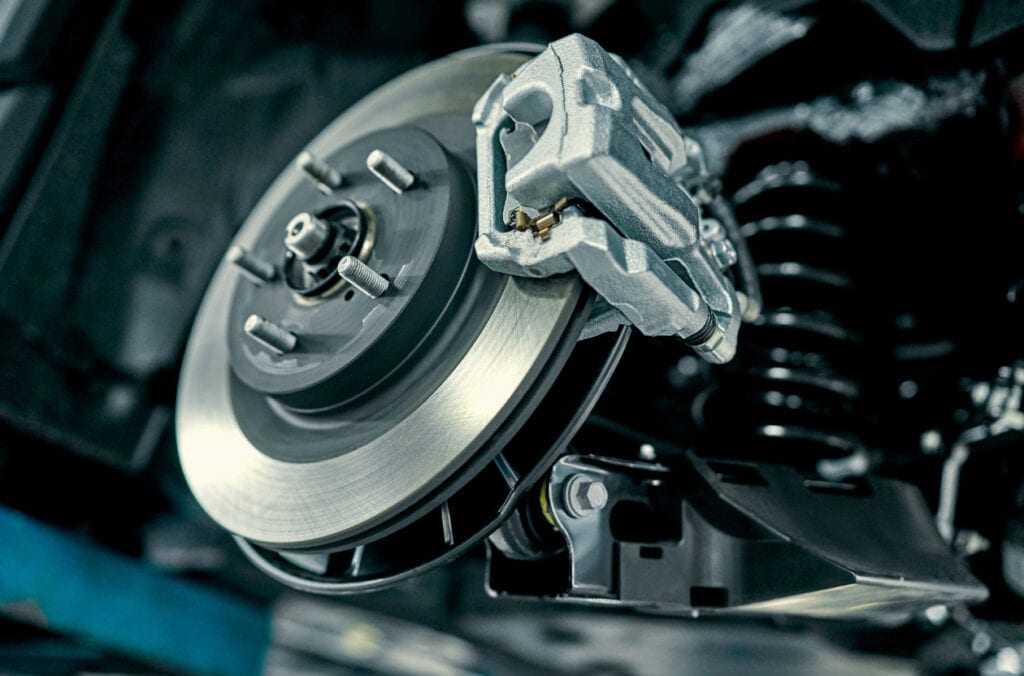
Cars are complicated machines and they need to work in synergy, in order to function properly. Having your brake pads worn out could lead to laziness in acceleration. But how to determine the right time for a replacement? There are several indicators that could help you. If you feel that your brake pedal is vibrating, or you hear some unusual noises such as squeaking or metal grinding, chances are that these are the first signs of brake pad problems you can notice. If you find these symptoms combined with the inability to speed up fast, the first thing you should do is to get your car to the mechanic.
However, if your car is mechanically safe and stable, with all its parts working properly, but your throttle response is still poor, you can opt for tuning.
3. TRY CHIP TUNING

Luckily, there are products on the market that allow you to boost your car’s performance by adding certain features that can increase the engine power, change the sound your car makes, optimise the acceleration, or even reduce fuel consumption. All that can be done with chip boxes, pedal booster and throttle controllers. Read more about these powerful gadgets.
Chips are enhancing the effectiveness of your throttle, and they are being used to adjust certain parameters, improving the number of your car’s horse powers – especially when driving a diesel engine. Performance chips are being proven as fantastic power boosters that can improve your car’s speed and acceleration up to 30 horsepowers, which is – you have to admit, more than a great benefit for all the people who need their engine response improved. One of the things that are great about tuning your engine, is the fact that these chips are easy to install, and more importantly – not that costly. Electronic engine control systems are better than mechanic ones, because it’s easier to modify the acceleration rate of your vehicle, detect any potential problems and improve the overall performance of your car.
Having a control unit that can be easily integrated into the already existing systems is a real lifesaver when it comes to maintaining your car’s performance and reducing fuel consumption – all at the same time.
Conclusion
If you feel like you have to count a few seconds before your throttle pedal starts reacting to the pressure of your foot, then you probably have a problem with your throttle, and as a result – your engine performance. Luckily, there are numerous ways to solve this issue and the first step is to do a thorough check-up of your car, in order to find mechanical problems, as well as some less severe problems such as clogged or dirty filters since it’s been proven that they significantly down your car acceleration. After that, you can opt for one of the modern and practical solutions for boosting your car’s performance such as tuning chips or electronic throttle control. Not only are they easy to install and convenient, but they are a great way to reduce fuel consumption, improve your car’s sound and fasten your throttle response.


